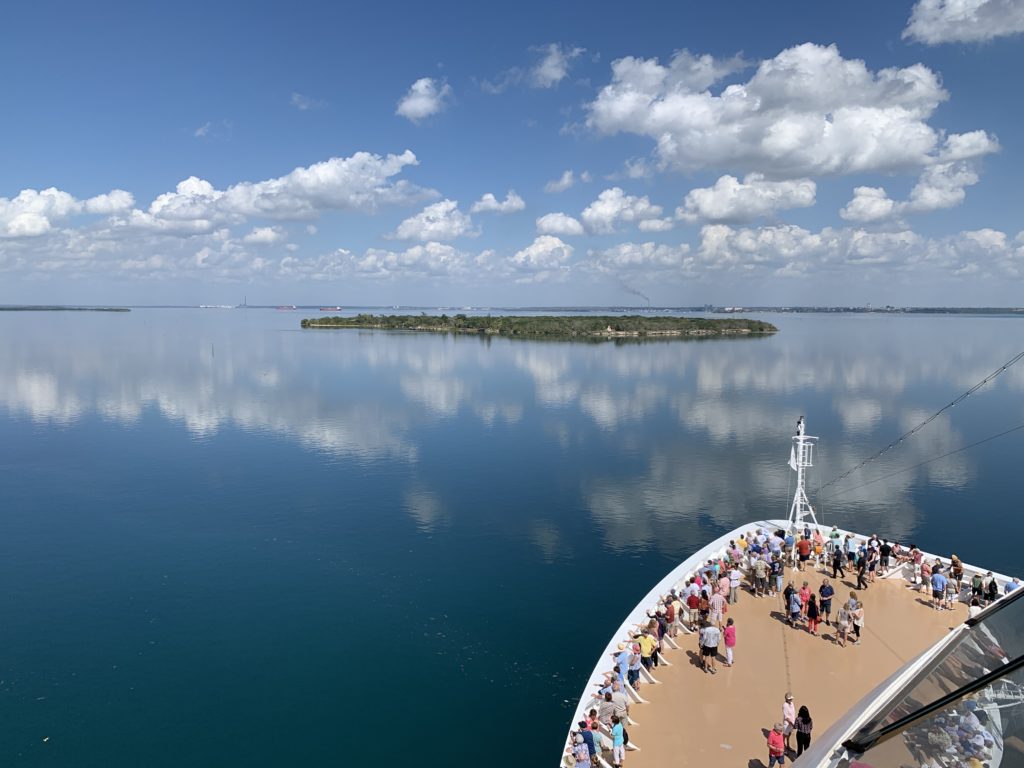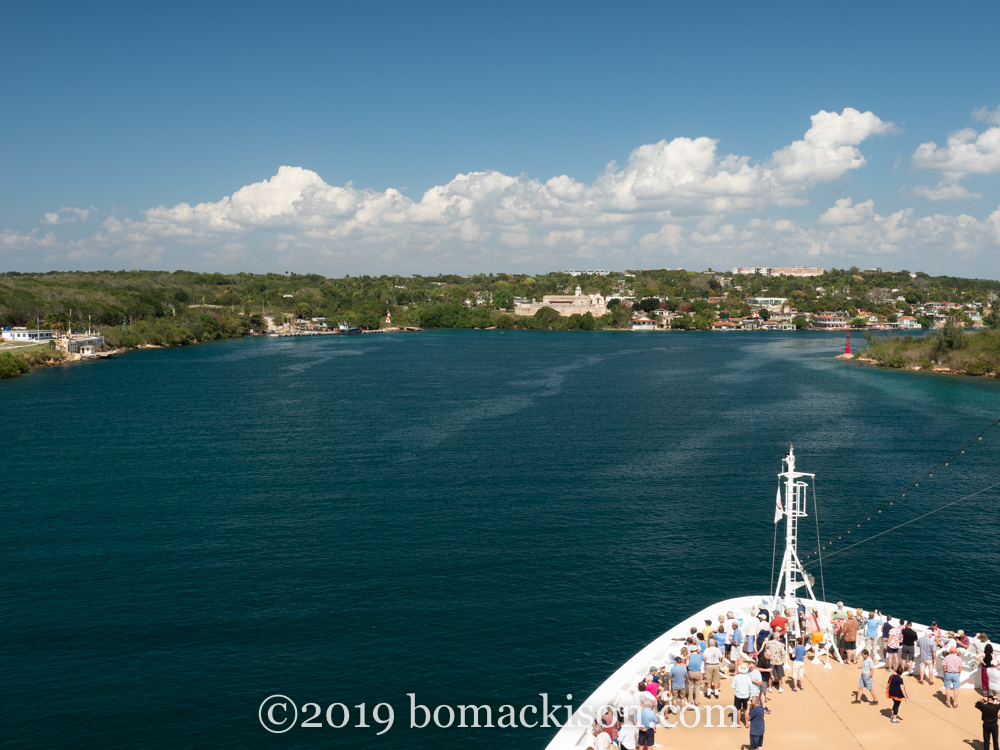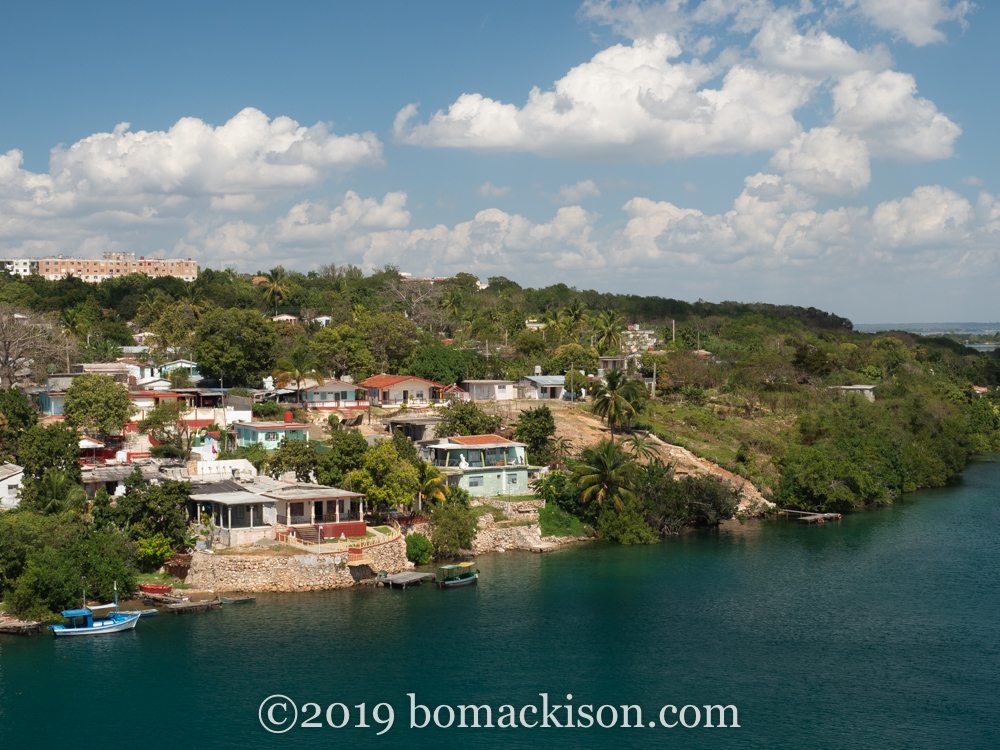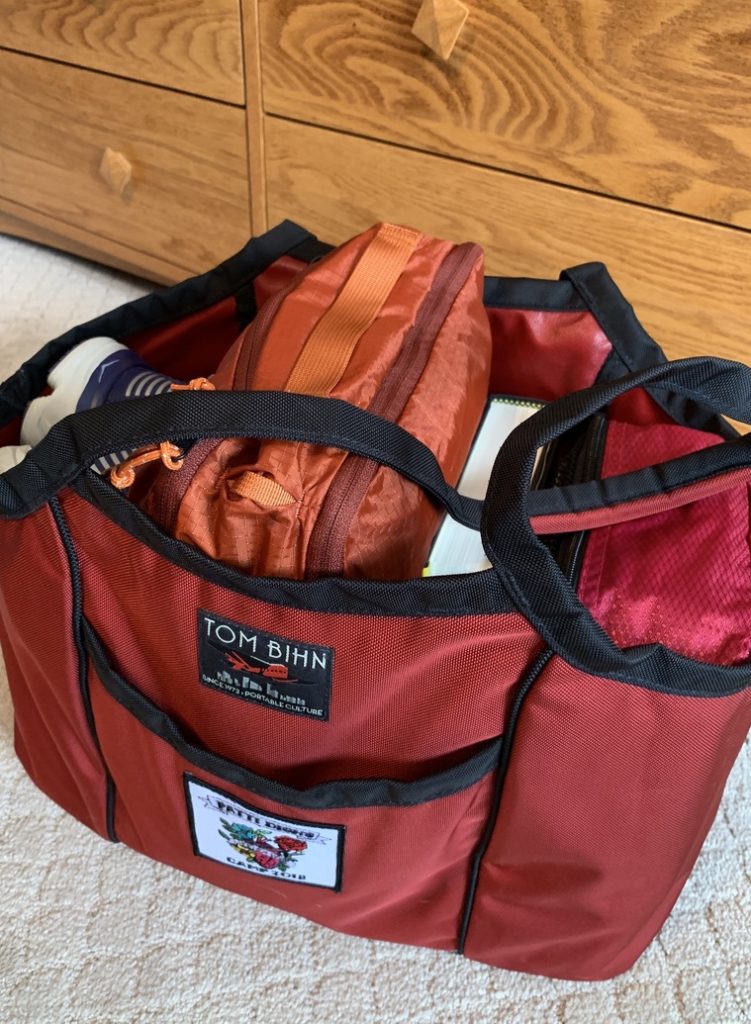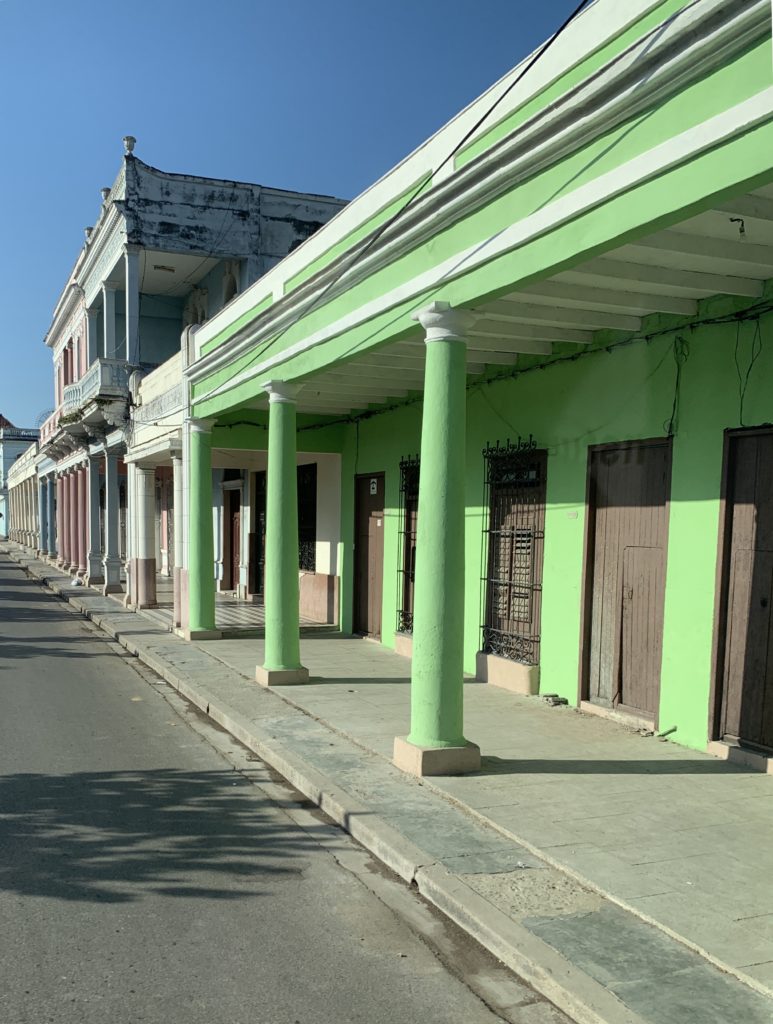
https://www.circologhislandi.net/en/conferenze/ Cienfuegos is considered one of Cuba’s more well-preserved cities. Cienfuegos (meaning “100 Fires”) was settled in 1819 by the French. A grid of straight streets, squares and fountains, and symmetrical colonnades carry hints of Bordeaux and New Orleans.
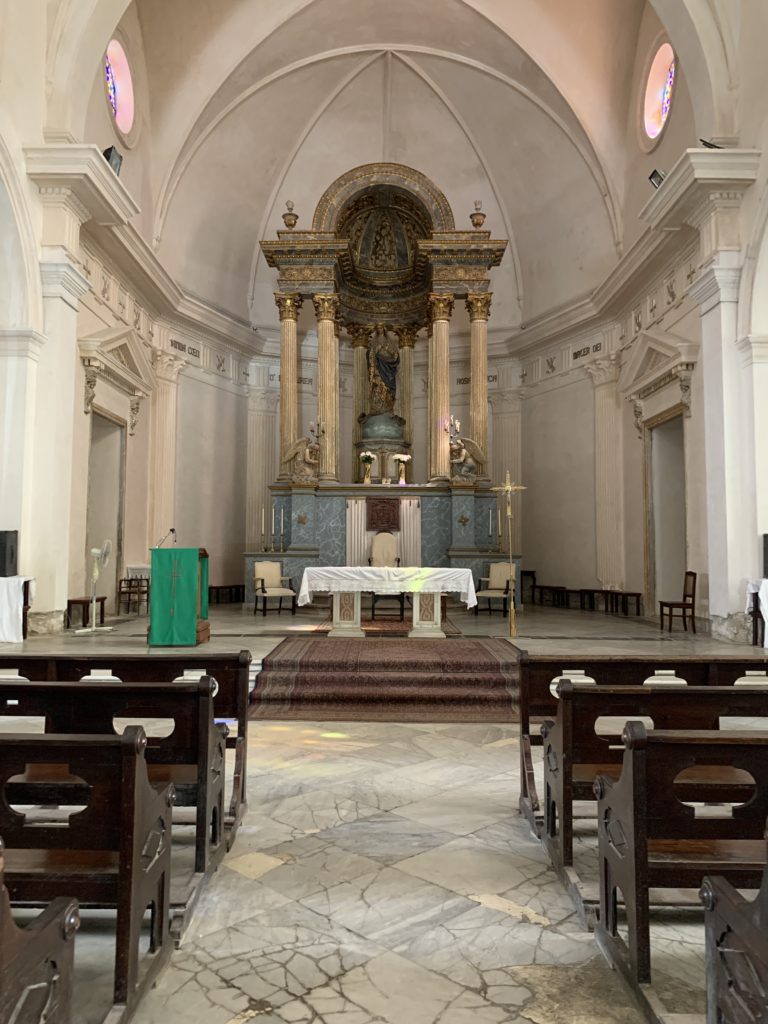
Interior of the Cathedral of the Immaculate Conception 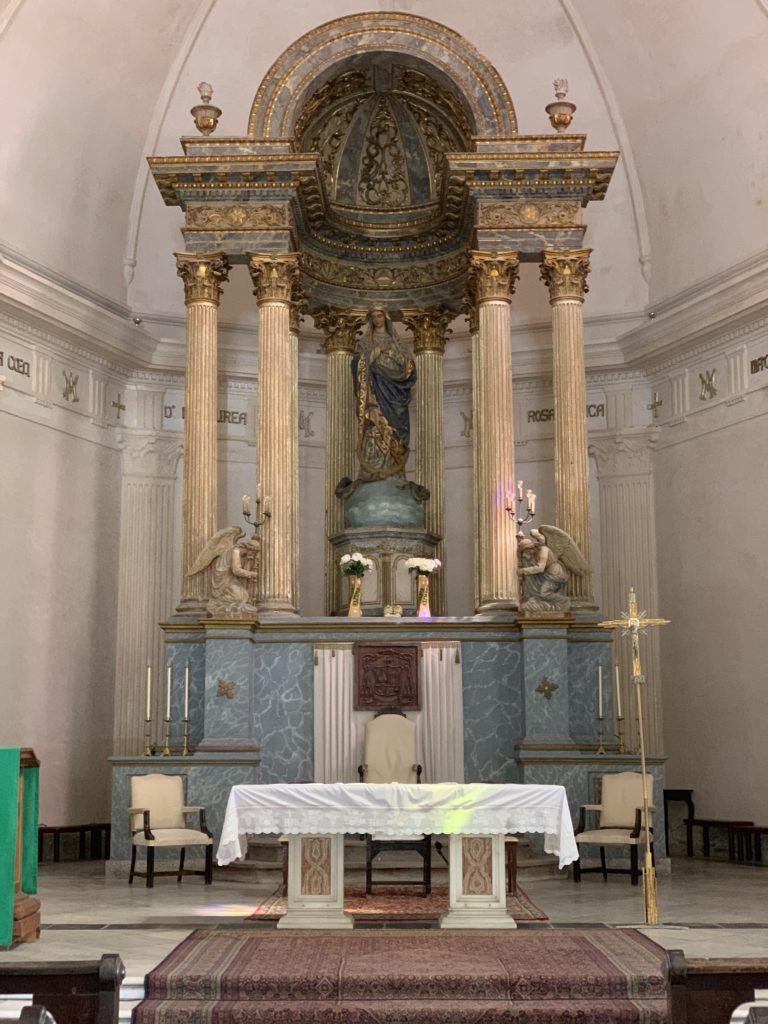
Sanctuary of the Cathedral
Buy Cheap Tramadol Online Uk The original church building was opened in 1833, with additions and improvements completed in the 1850-1860s. The church was declared a cathedral in 1903. UNESCO Heritage Site, 2005.


More than 300 buildings from the latter half of the 19th century remain in the downtown area and it is a UNESCO World Heritage Site, but the living conditions are in various states of disrepair and services are basic.
Order Tramadol Overnight Shipping After we left Cienfuegos, we passed through the Valley of the Sugar Mills, once home to more than 50 mills during its colonial heyday, and made our first stop at the estate and grounds of former sugar magnate Manacas Iznaga.
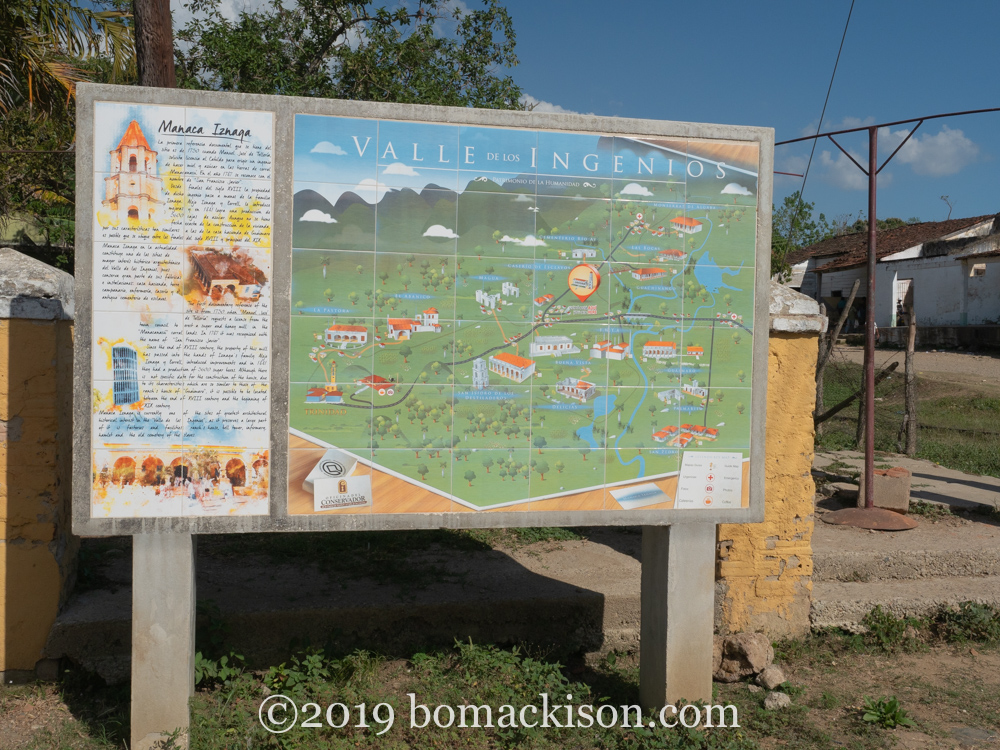
Cheap Tramadol Online Overnight Delivery The Cuban sugar empire lasted from the late 18th to the late 19th century. At its peak, 50 sugar mills were concurrently in operation, producing 140,000 sugar cane arrobas per 32 acres. Valley of the Sugar Mills has been named a UNESCO World Heritage Site.
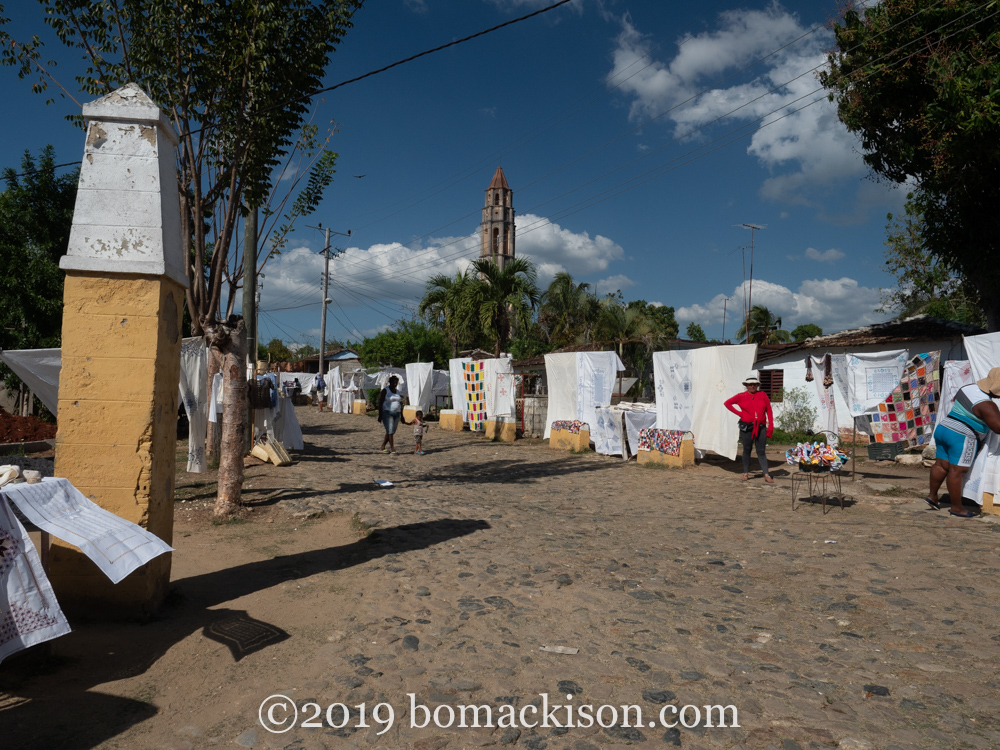
Today, there are few signs of the once bustling production. The former plantation and factory remain, and they have been converted into guest facilities — a restaurant and bar, a small gift shop, and a street bazaar.
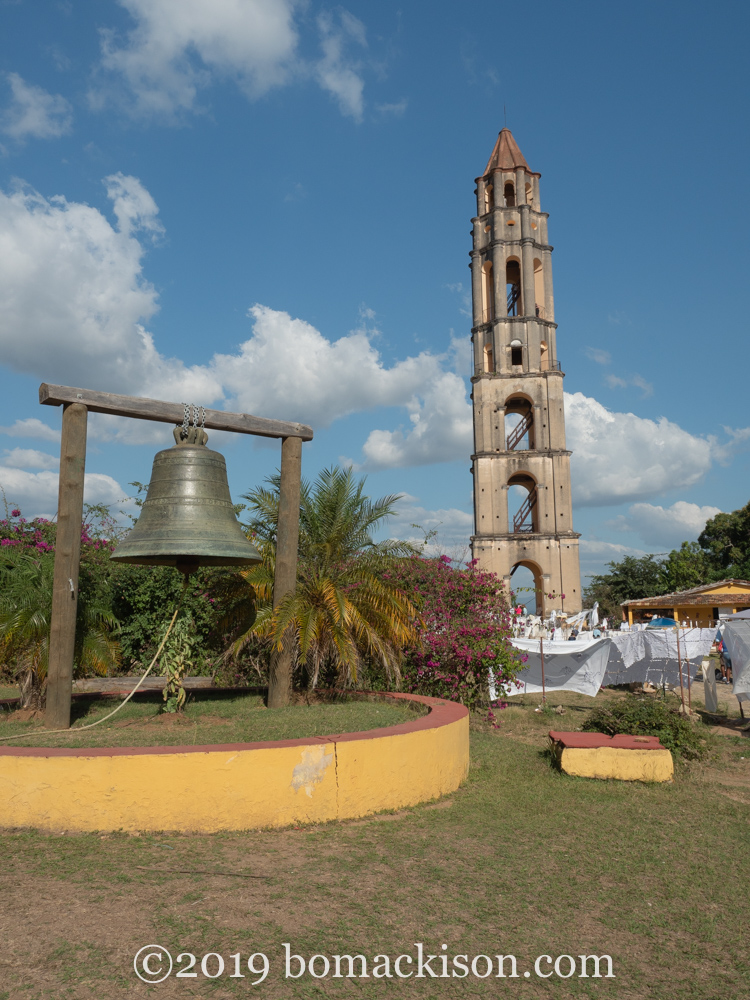
One of the most striking features of this property is the tall tower that bears the former sugar baron’s name. According to Cuban legend, Iznaga built the tower so he could overlook his lands and keep watch of the many slaves who worked his fields.
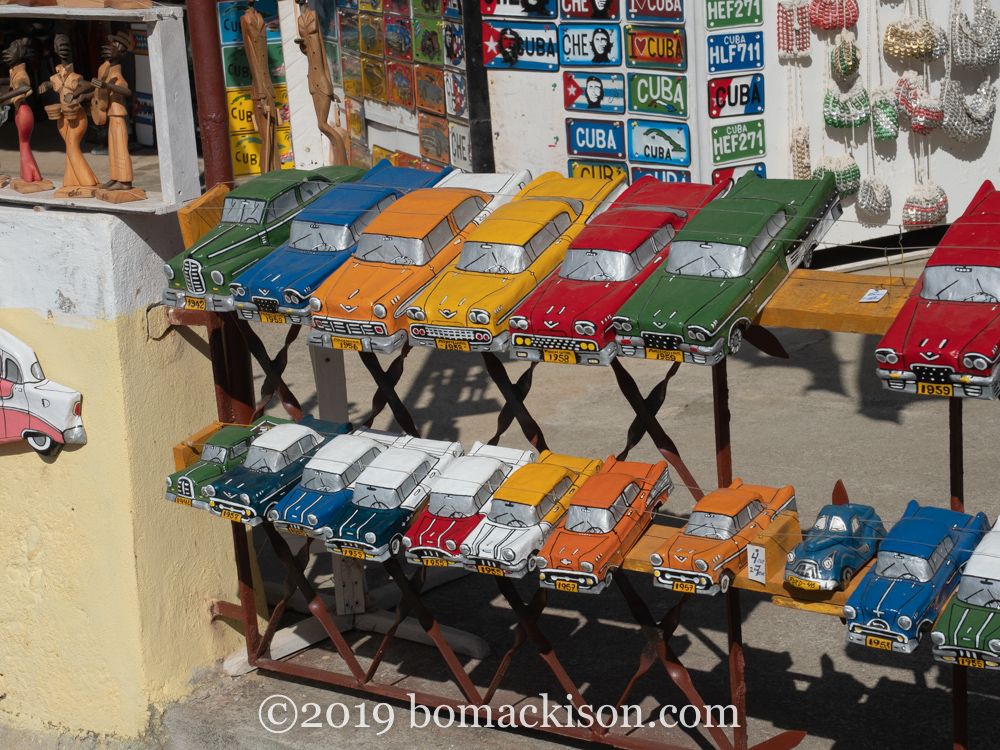
Cars for Sale 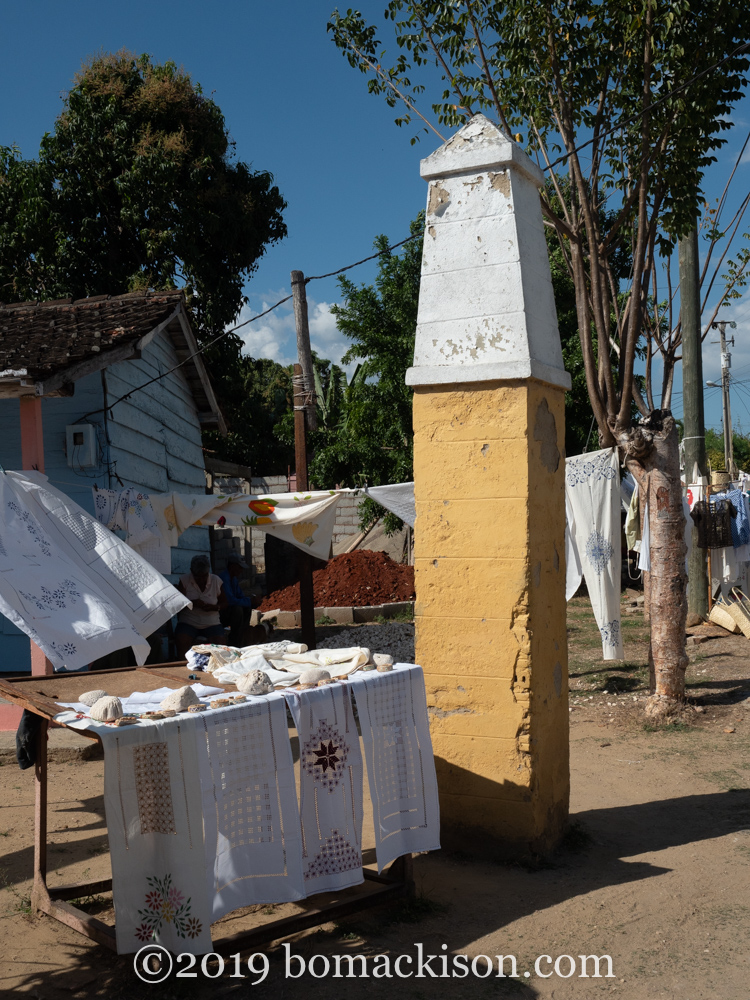
A Table of Linens 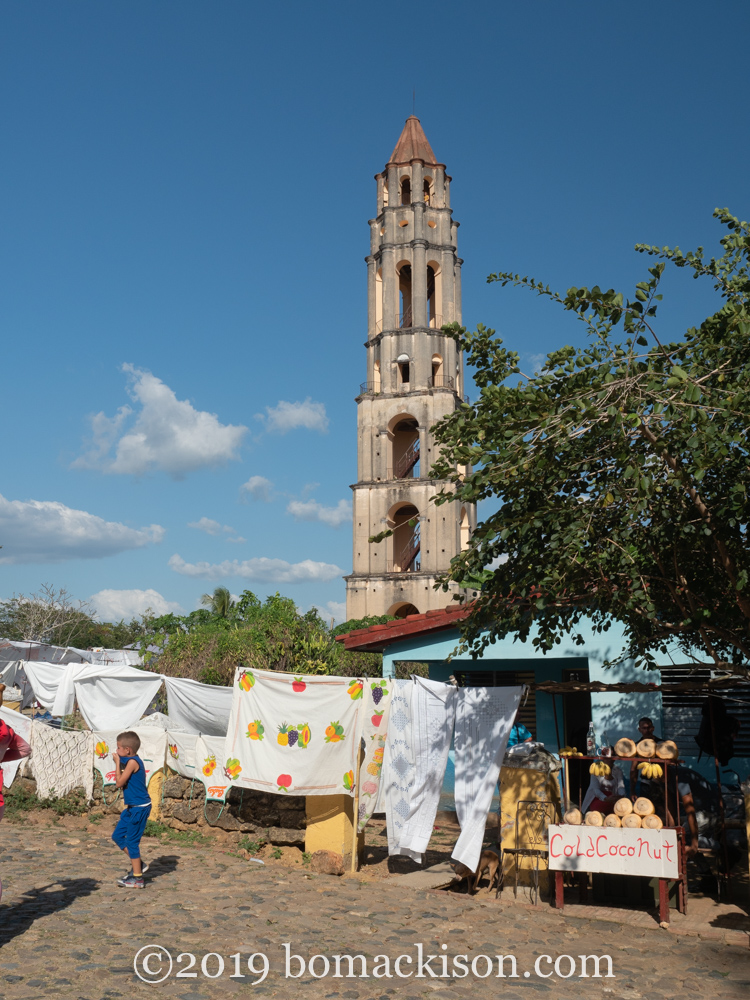
Linens are Hand Embroidered 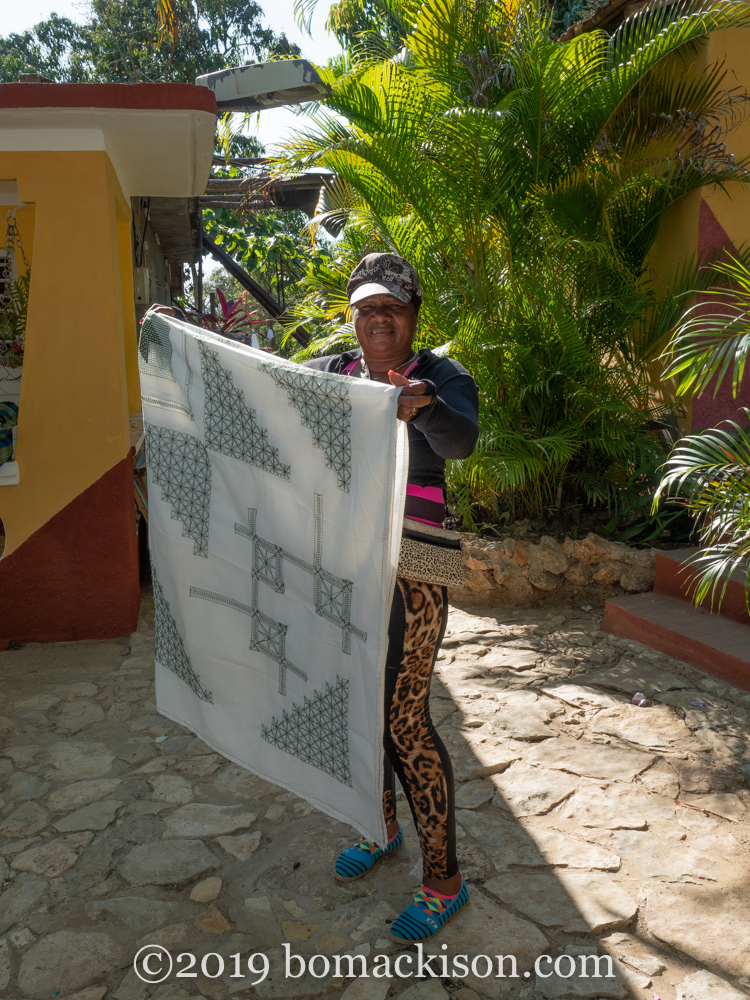
Table Cloth and Maker
The people depend on the sales of their handiwork. A large tablecloth, hand-created, costs about $30-50 — a bargain. But to add perspective, the average Cuban in a government sponsored job — perhaps high school teacher or psychologist or common laborer — makes about $25 a month.
Now that the Cuban citizens are allowed to make money in the tourist sector, their chances to make enough money for
